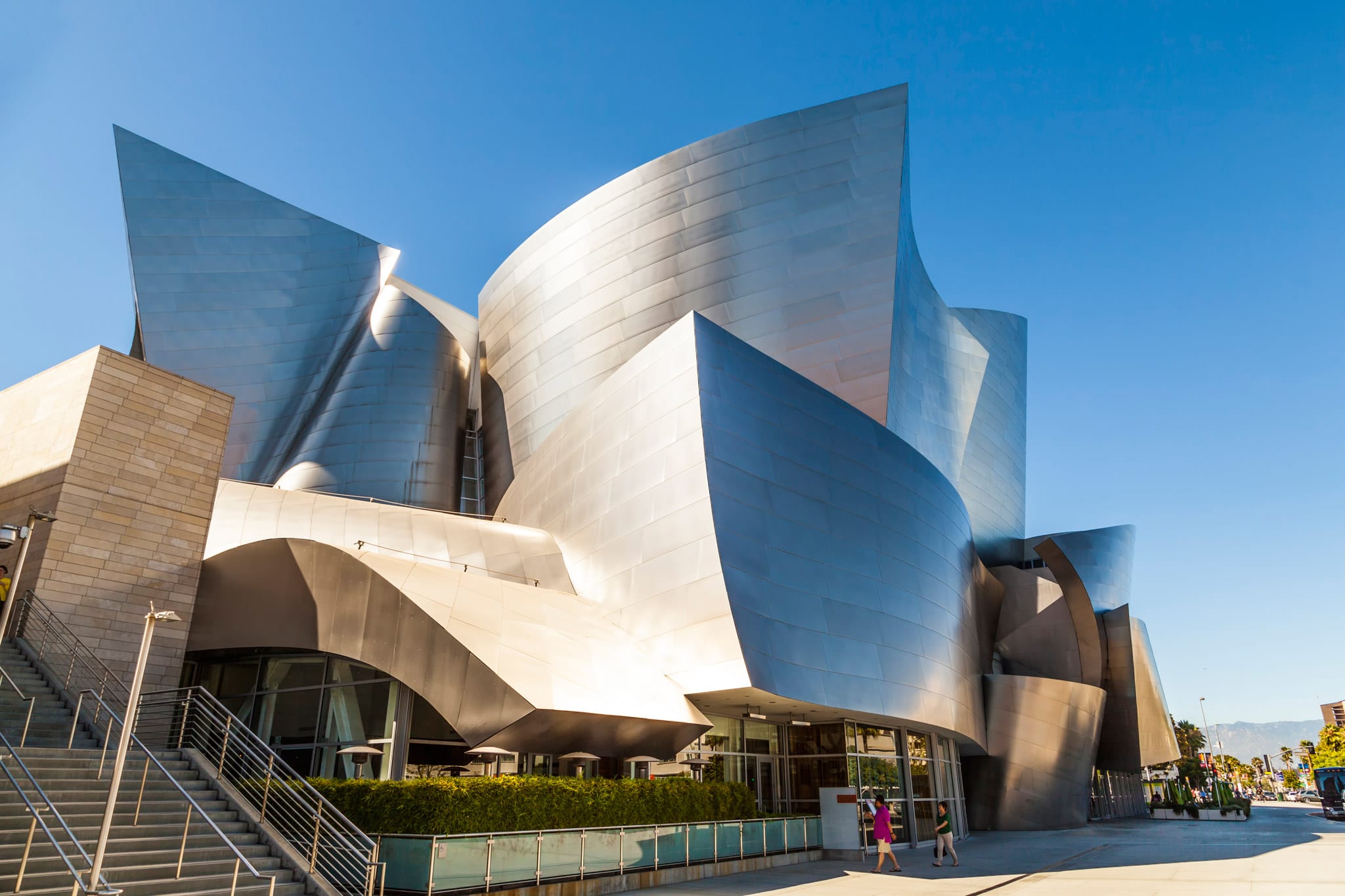Elevate Your Building Style with the Proficiency of CDA Architects
Elevate Your Building Style with the Proficiency of CDA Architects
Blog Article
The Impact of Technical Innovations on the Layout Practices of Contemporary Architects
The rapid evolution of technical tools has substantially reshaped the design landscape for modern designers, promoting unmatched degrees of development and sustainability. Exploring these dynamics exposes a nuanced interplay between technology and conventional design methodologies, prompting a more detailed examination of what the future holds for building methods.
Advancement of Architectural Equipment
How have architectural devices transformed the design and construction processes over the centuries? The advancement of architectural devices has considerably influenced the efficiency, precision, and creative thinking of style and building.
With the advent of the Renaissance, the introduction of the compass and the protractor marked an essential change. These devices made it possible for architects to attain greater accuracy in their layouts, facilitating the development of even more elaborate and proportionate buildings. The Industrial Revolution better changed building method with the intro of mechanized devices and products, enabling bigger and a lot more ambitious projects.
In the 20th century, the growth of computer-aided design (CAD) software application changed the landscape once more, offering designers with unprecedented capabilities in modeling and visualization. Today, advanced tools such as Building Details Modeling (BIM) and parametric design software remain to push the limits of building innovation, enabling an extra integrated method to layout and building procedures.
Enhanced Cooperation in Style
As modern technology remains to develop, boosted cooperation in layout has become a keystone of contemporary building practice. The combination of digital tools such as Building Details Modeling (BIM), cloud-based systems, and progressed visualization software has changed the method architects, designers, and stakeholders communicate throughout the design process. These tools facilitate real-time communication, enabling groups to share ideas, modifications, and comments quickly, despite geographical area.

Additionally, interdisciplinary collaboration has actually been structured via these technological advancements, enabling architects to function extra carefully with various other specialists, such as metropolitan planners and ecological experts. The result is a much more cohesive strategy to design that takes into consideration different viewpoints and experience. Eventually, improved partnership in style is not simply a fad; it is essential for developing innovative, practical, and visually pleasing architecture in a significantly intricate globe.

Sustainability Through Modern Technology
Sustainability in design has significantly ended up being intertwined with technological technology, driving the industry towards ecologically responsible techniques. Contemporary architects are leveraging innovative innovations to minimize environmental influence while boosting the performance of buildings. cda architects. One prominent example is making use of Structure Information Modeling (BIM), which enables for exact preparation and source allowance, minimizing waste throughout building and construction and promoting power efficiency throughout a structure's lifecycle
Additionally, smart products and energy-efficient systems are being incorporated into designs to optimize resource usage. Technologies such as photovoltaic or pv cells and eco-friendly roof harness renewable resource resources, adding to lowered carbon impacts. Furthermore, the application of synthetic knowledge in layout processes makes it possible for designers to imitate and evaluate energy usage, guiding decisions toward more sustainable end results.
The combination of sustainable technologies not only straightens with global environmental objectives yet also fulfills an increasing need from consumers for environmentally friendly solutions. As architects welcome these innovations, the emphasis moves towards developing spaces that are not only cosmetically pleasing however also functionally lasting, thus redefining the standards of contemporary style. By doing this, innovation functions as a stimulant for sustainability, allowing designers to design structures that regard and boost the native environment.
Challenges in Implementation
While technical improvements in architecture hold excellent guarantee for boosting sustainability, their application commonly runs into considerable challenges. One key barrier is the steep understanding contour associated with brand-new innovations. Architects and building professionals may require considerable training to efficiently utilize advanced software and tools, which can postpone task timelines and boost costs.
In addition, the combination of arising technologies, such as Building Information Modeling (BIM) and sustainable products, commonly demands cooperation across multidisciplinary teams. This collaboration can be impeded by distinctions in experience, operations, and interaction styles, bring about possible conflicts additional reading and ineffectiveness.

Moreover, regulative frameworks and building regulations might not equal technological improvements, developing uncertainty and possible compliance issues. This challenge can prevent engineers from fully embracing new modern technologies, as the danger of non-compliance might surpass the benefits. Consequently, resolving these implementation difficulties is essential for the effective combination of technical developments in modern architectural techniques.
Future Patterns in Style
The challenges connected with the application of brand-new modern technologies in architecture have triggered a reevaluation of future trends within the market - cda architects. As engineers navigate issues such as sustainability, urbanization, and social equity, they are progressively adopting cutting-edge innovations to boost style effectiveness and environmental efficiency
One famous pattern is the integration of man-made intelligence (AI) in the design process. AI devices can analyze substantial datasets to inform design choices, improving both creativity and functionality. Structure Information Modeling (BIM) continues to progress, allowing real-time collaboration among stakeholders and facilitating structured project administration.
Sustainable design methods are likewise obtaining momentum, with engineers concentrating on adaptive reuse and regenerative design principles that reduce resource consumption and waste. The incorporation of clever materials and renewable resource sources will certainly further enhance the strength of structures despite environment adjustment.
Furthermore, the surge of parametric style enables even more individualized and context-sensitive building options (cda architects). By utilizing these developments, designers are positioned to develop constructed atmospheres that not only address the prompt needs of society yet likewise prepare for future difficulties, consequently redefining the role of style in an ever-changing world
Verdict
Technical innovations have actually dramatically improved architectural design practices, helping with enhanced accuracy, collaboration, and sustainability. The assimilation of tools such as Building Info Modeling and parametric design software program, alongside man-made knowledge and wise materials, encourages engineers to deal additional reading with complicated challenges a lot more effectively.
Report this page